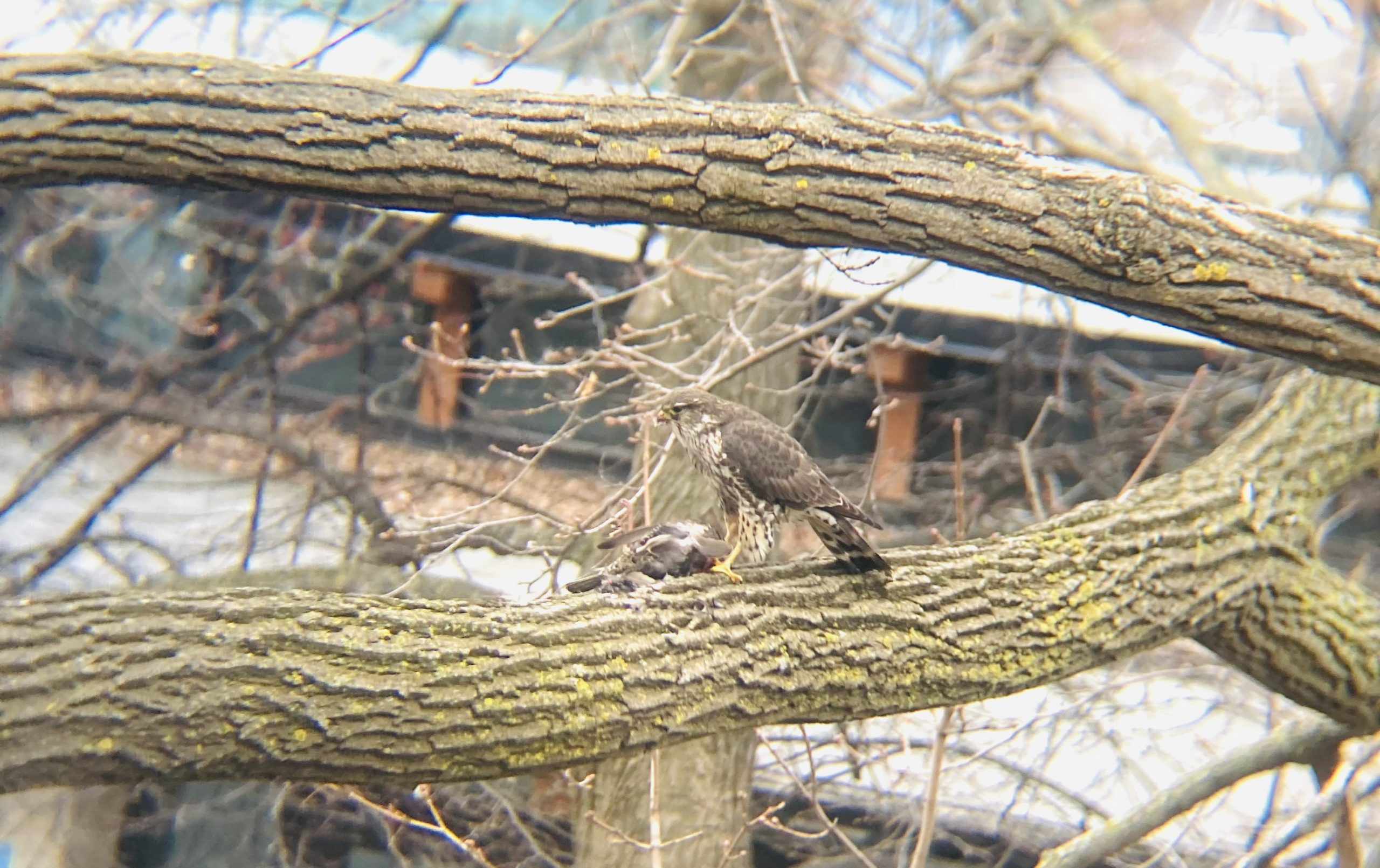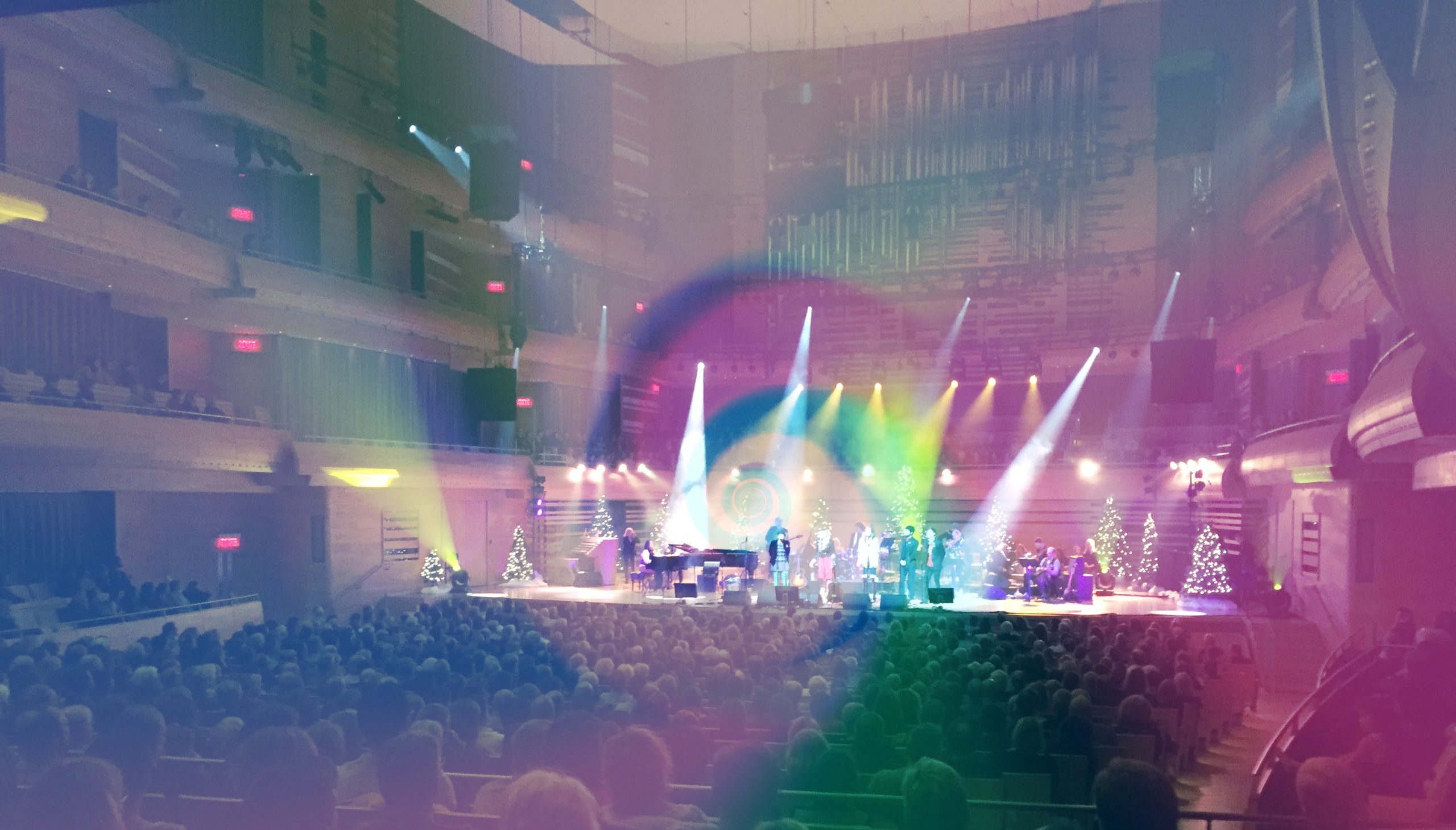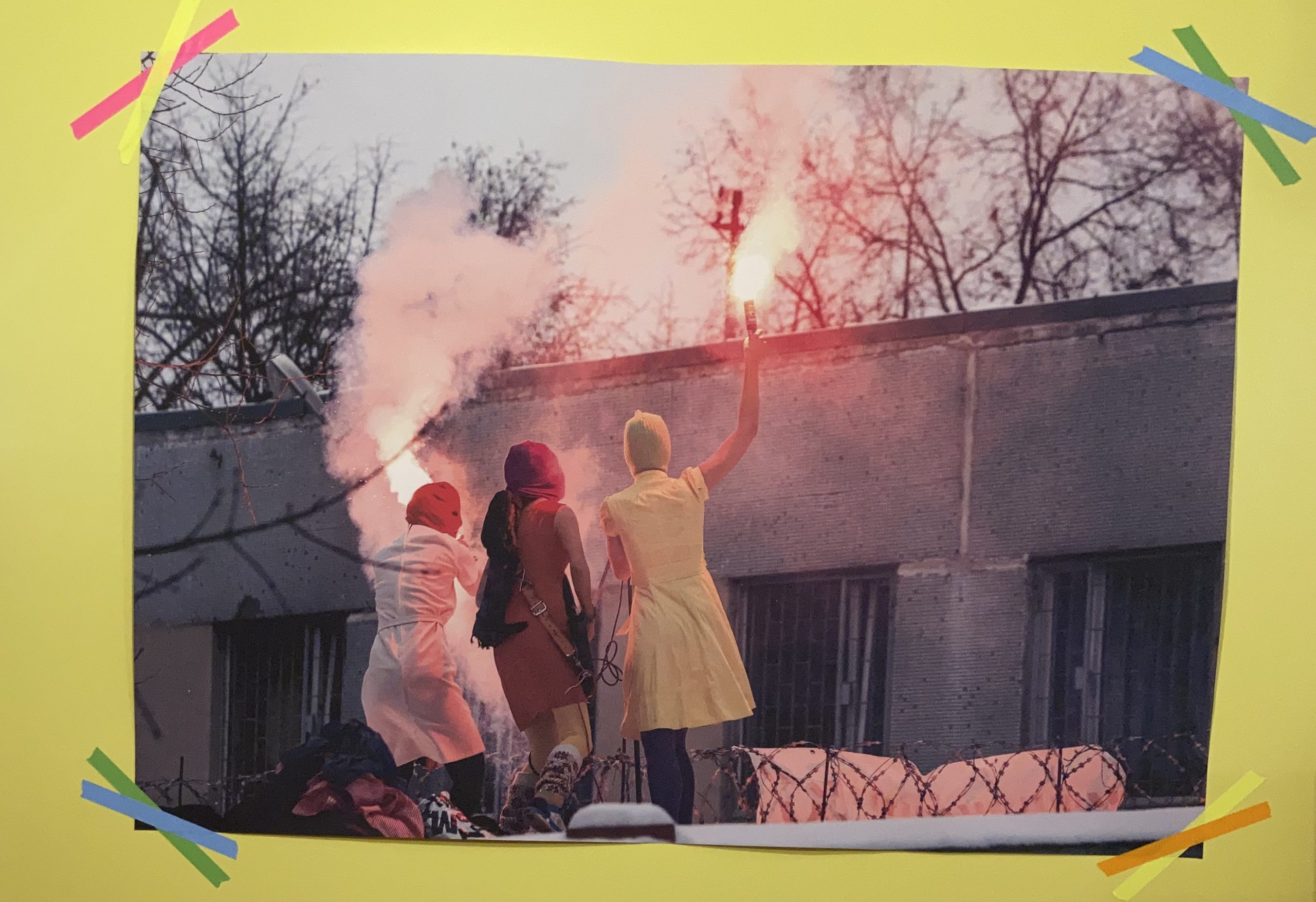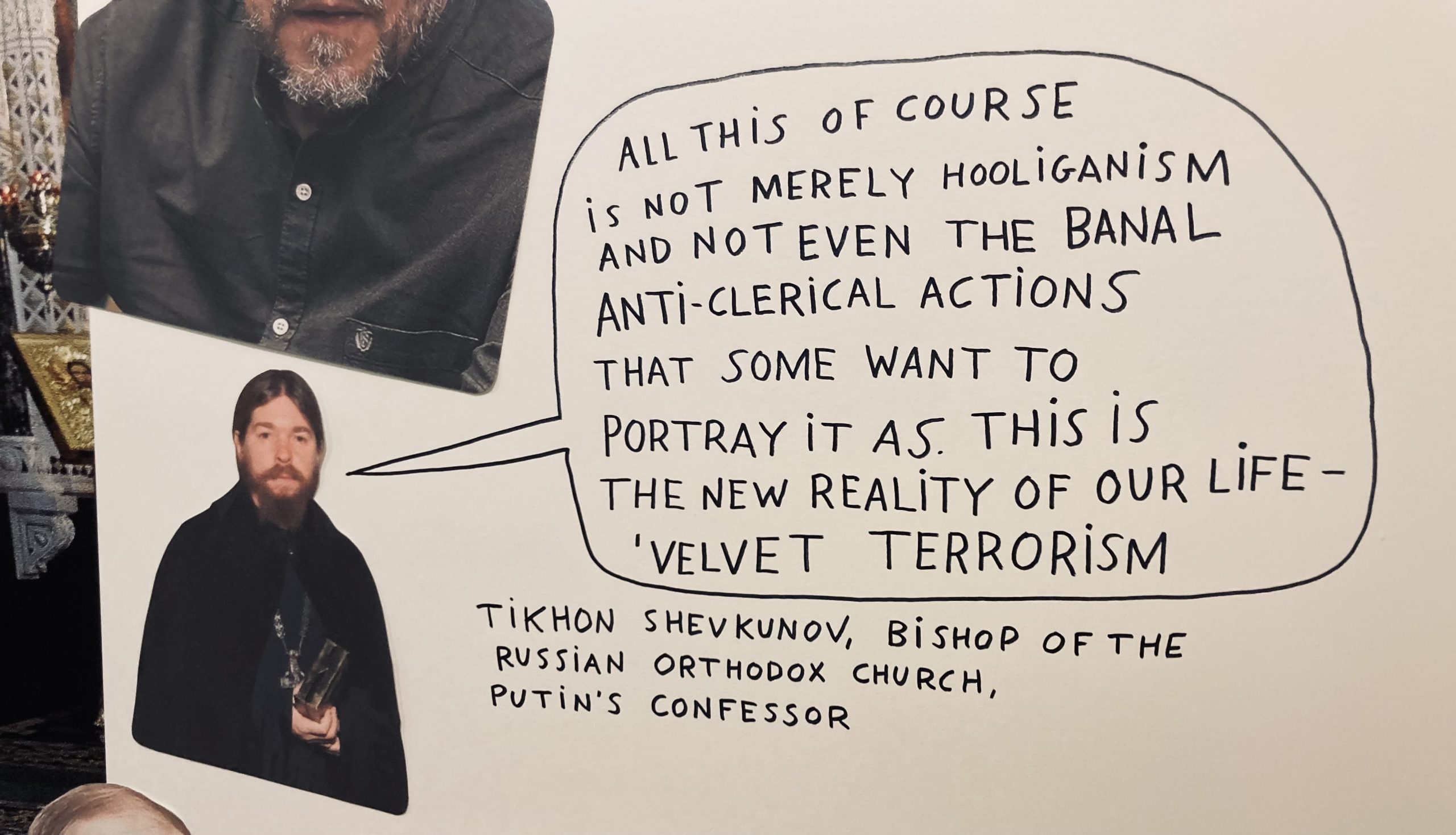Transit Stop Distances
Wonderful transit-oriented YouTuber RM Transit has a short video on how stop distances impact overall transit speeds.
Wonderful transit-oriented YouTuber RM Transit has a short video on how stop distances impact overall transit speeds.

This week I looked out my office window to see a merlin absolutely tearing into their catch.
This year I get a full solar eclipse on my birthday in the city where I live. The local libraries are giving out free eclipse glasses, and the school board is closing the schools for the day. Leave it to friend of Elsewhat Plateau Astro to give you a guide on everything you need to know for coming eclipse if you live in Montréal.
The New York Time’s Ezra Klein was on PJ Vogt’s podcast Search Engine this week. They discuss the ongoing slow-motion collapse of media and journalism. Within a couple minutes, Ezra jumps into one of the best takes I’ve heard on why local media is failing:
Newspapers practically had local monopolies and that gave them a business model. If you were an advertiser, who wanted to tell people about shoes, you advertised in the LA Times, and the LA Times took your money … the news business was selling was a local advertising monopoly, and that was very profitable, and crucially, that sustained a lot of different players who were not really in competition with each other. When I grew up in Southern California, the New York Times was probably net a better paper than the LA Times. I never read a New York Times… I barely ever saw one … Now, the New York Times is I think the biggest paper in California. The key thing happening right now is all of the general interest players are in competition with each other and that’s going to have a kind of natural effect of if you’re only going to subscribe to one large news bundle you’re going to subscribe to the largest news bundle. You went from a situation where the Baltimore Sun and the LA Times and the New York Times and like the Dallas Morning News were not competing with each other to a situation where they were.
There is a lot more there, which is worth listening to.

Synesthesia is a phenomenon where some people experience their senses intermixing with each other. They might see sounds, or hear sights, or even physically feel words. It’s a mental condition apparently attributed to many great artists, from Vincent Van Gogh to Billie Eilish to allegedly even Beyonce.
I have always wanted to experience synesthesia myself, but I always assumed it would be impossible. Certain pieces of art can give me a fleeting sensation of it—Van Gogh’s paintings and Kanye’s 808s & Heartbreak come to mind. Visuals at a concert, when done well, can give a feeling of seeing the music. But that’s a sort of inferred collective synesthesia, where I can sense the impact of it on the work, but I don’t really get to experience it as someone with the condition would.
It occurred to me recently that augmented reality headsets like Apple’s Vision Pro, along with generative AI, could provide the technology to do a reasonable real-time synesthesia simulator. I’m adding it to the list of projects I’d undertake if I had unlimited resources, but for now it’s just a thought experiment.
The Vision Pro, along with generative AI, would fail to reproduce all iterations of the condition, but it could hypothetically reproduce the following types of synesthesia:
Here are some art/tech projects which explore other aspects of synesthesia. Google’s Play a Kandinsky is beautiful, but is again an interpretation of an artist’s view.
The game Audiosurf matches audio to visuals in a synesthetic way. A seemingly defunct smartphone VR app seemingly tried to accomplish the same concept, though it glitches on my phone and hasn’t been updated in 6 years. There are some fascinating video visualizations of synesthesia, like this YouTube video of a violinist who sees notes as coloured shapes.
My version would be real time, and importantly, individualized. You would choose the type of synesthesia you wanted to recreate, or even the specific artist whose synesthesia you wanted to experience, and everything you saw and heard would be filtered to recreate the look and sound of that type.
Italian artist Leonardo Ulian makes some delightful mandalas out of electronics and other symbols of our digital world. Beautiful.

I spent my day off visiting the wonderfully punk Pussy Riot show at the MACM. Members of Pussy riot did all the installation themselves, using tape and sharpies to mount their impressive photo and video documentation on the walls of the museum.
I couldn’t help but remark about the ridiculousness of it all. That a global military power could be obviously so bothered, and even scared, of a few women with guitars playing sloppy punk music in public places. It underlined the power cart can have.

It all meshed with my concurrent reading of another politically-inclined artist’s biography, that being Ai Weiwei. In this quote from his autobiography he talks about the role of art in dissidence:
To conventional culture, I said, art should be a nail in the eye, a spike in the flesh, gravel in the shoe: the reason why art cannot be ignored is that it destabilizes what seems settled and secure. Change is an objective fact, and whether you like it or not, only by confronting challenges can you be sure you have enough kindling to keep the fire in your spirit burning. Don’t try to dream other people’s dreams, I told them; you have to face up to your own predicament honestly, on your own terms. There’s a huge gulf between your aesthetic passions as an artist and the indifference of the real world.